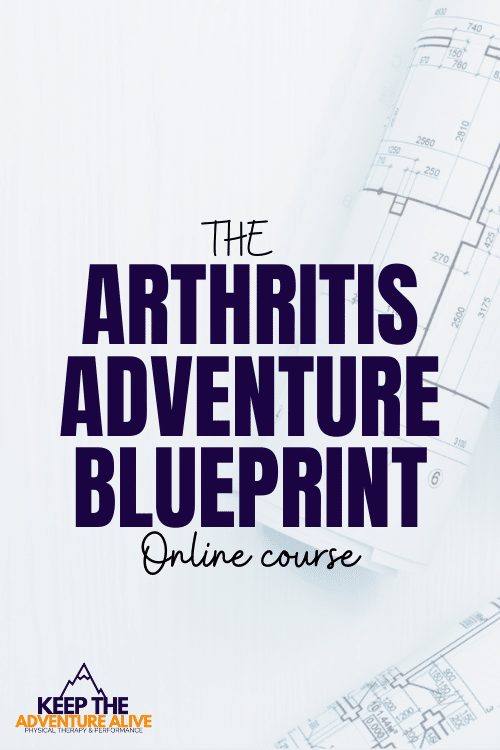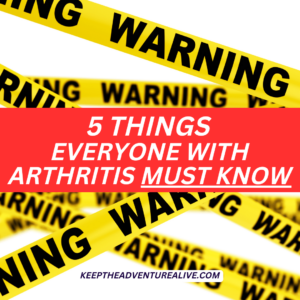You are not alone if you struggle with lower back pain when bending over. It can be challenging to deal with but I want you to know there is hope for relief! Back pain, especially when bending over can be quite common. The problem is, most of them don’t know how to relieve the pain adequately nor the options that they have. This article has five little-known ways to relieve lower back pain when bending over. These solutions are practical and can help you get relief from your aches quickly!
Have you ever tried to bend over to reach something on the floor or get into that annoyingly low cabinet and felt back pain or a spasm happen?
It can seem scary when you feel like you cannot complete the movements you need to during the day.
But it is possible to be able to bend over with confidence. It is possible to clean those baseboards, to pick up grandkids from the floor, to pick up the ball when playing fetch with your dog and even bending over when picking weeds!
Let’s first discuss why back pain when bending over occurs:
Reasons for lower back pain when bending over
There are several reasons why lower back pain can appear when you bend over.
- First, it could be due to a herniated disc. This occurs when there is uneven pressure on your disc leading to irritation with certain movements.
- Second, lower back pain can appear by osteoarthritis. It is a condition that causes inflammation and stiffness in the joints. The symptoms of arthritis can vary, but they often include pain, swelling, and decreased range of motion. Find out more about the symptoms of osteoarthritis.
- Thirdly, another common cause of low back pain is muscle strain. This can lead to muscle irritation and sensitivity. This can happen when lifting something heavy or making a quick movement if your muscles aren’t ready for it.
- Finally, another cause of lower back pain can be brought on by spinal stenosis or irritation to the nerves. This can cause symptoms such as numbness, tingling, and/or sharp, shooting pains.
Unless you have had an injury where you felt immediate pain or feel pain that will not go away no matter what position you are in- imaging (like x-rays and MRIs) may not be as necessary as you think.
It is important to see a specialist immediately, if you do experience these “red flag” symptoms- to rule out other serious causes:
- Intense or sharp pain in your lower back that gets worse when bending over and does not relieve;
- Inability to sleep at night, unrelenting pain
- Fever, chills, night sweats
- Severe or rapidly progressing numbness/tingling
- Loss of bladder or bowel control
Simple ways to relieve pain when bending over
There are many reasons to feel lower back pain when bending over. And each issue needs special treatment and means to deal with the problem. But there are some versatile rules to cope with this issue.
Lifestyle factors such as your activity level, the foods you eat, how much time you spend in one position (i.e. sitting, standing, laying down), stress levels, sleep quality etc can actually impact your pain positively or negatively.
Here are 5 strategies to look at when assessing where you may need changes:
1. Work habits and set up
If you experience lower back pain when bending over, how your spending your day working may play a part!
The more irritation your lower back experiences throughout the day, the more pain back pain you may experience when bending over.
How your keyboard, computer screen, and mouse are set up can increase or decrease irritation. These tips can help to improve workplace set up:
- Your computer monitor should be at eye level, and your keyboard and mouse should be within easy reach.
- A supportive office chair can help to promote more optimal posture when sitting
- When you bend over, use your legs and not your back. It will help relieve the load from the lower back and prevent pain.
- When you bend over, you can stagger your feet to help provide more support
- Remember, the best posture is the one you get in and out of. Try to mix up the amount of time you are spent sitting and standing
- Taking regular breaks to walk around or even simply completing a few seated movements can be helpful to prevent stiffness and improve blood flow. Find ideas in this video.
2. Move your body in ways that feel good
Many times, pain can lead you to take more time to rest. The common thought is pain just means I need to rest.
In reality, pain is a way your body communicates with you. Back pain specifically can indicate that you need to change something.
For example, when experiencing back pain when bending over- your body may be trying to tell you that you need more strength or you need to change your form when bending over.
One of the best ways to support your back and spine is to build muscle support. If you have been told exercise or movement will make things worse, read this article.
You can build muscle support with specific exercises that not only strengthen the back and core but also the hips and knees too!
Inside the free 4 day Arthritis Adventure Workout Challenge- you’ll gain some ideas on different movements that can help you build strength and balance in the right places.
Free 4 Day Arthritis Workout Challenge
3. Use hydrotherapy to relieve lower back pain
Hydrotherapy is a type of physical treatment that uses water to relieve pain and increase the range of motion. You may use warm or cold water, depending on your needs. You can do hydrotherapy in a pool, hot tub, or shower.
If you have access to a hot tub, whirlpool bath, or spa, this can effectively relieve lower back pain when bending over.
- The water’s heat can help relax the muscles and reduce inflammation.
- The buoyancy of the water will also take the pressure off your spine and joints.
- The direct jets will massage your back for quick results.
If you don’t have access to a hot tub or pool, you can still get relief from lower back pain when bending over by taking a hot shower or bath. You can also use a heating pad on your lower back while sitting in a chair with your feet in a basin of warm water.
Besides, if you are considering obtaining a hot tub or pool, this ByRossi website can benefit your knowledge about these items.
Make sure to combine this with strengthening exercises that we discussed in strategy #2 to maximize your results.
4. Prioritizing sleep
…there is strong evidence that having short or disturbed sleep can cause hyperalgesia (i.e., an increased sensitivity to painful stimulation) and the development or exacerbation of spontaneous pain symptoms (e.g., muscle pain, headache)
There is more and more research coming out about how important sleep is in relation to pain.
Think about it, has your sleep suffered because of your back pain, recent stress and/or anxiety? Have you started a new show on Netflix that is leading to late nights?
Focusing on and prioritizing sleep can be incredibly important in reducing your pain sensitivities and can then help reduce lower back pain when bending over.
If you are having difficulty sleeping, head to this post for tips on how to improve sleep.
5. Look at your shoes…and your feet
Do you spend a lot of time on your feet, especially on a hard surface like concrete? Shoes can play a big part in reducing the stress that is going to your back and irritating your muscles and joints.
Here is a post about the best shoes to wear when standing or walking on concrete.
Aside from having supportive shoes on hard surfaces, it is important to experiment with barefoot exercising and movement- best done at home.
I usually recommend a mix of exercising in shoes and barefoot. As long as you don’t have a history of plantar fasciitis or other foot pain that makes being barefoot uncomfortable or painful.
These foot exercises can help you improve your ability to be barefoot.
Exercising barefoot can have great benefits to balance and strength that actually impacts your back, believe it or not!
conclusion
Lower back pain when bending over can stem from many different causes but there is hope!
Being able to strengthen the muscles to support your spine and prepare your body for bending over is incredibly important. There are other strategies that can help to continue to reduce the severity of pain as you build confidence in the movement.
Please recognize that if you do experience certain red flag symptoms as described earlier, seek out medical help immediately.
The best way to get started is to head to the free 4 Day Arthritis Adventure Workout Challenge to get some ideas on how to move your body so you become strong and confident again!
Guest writer contribution by Peter Rossi
References
Haack, Monika et al. “Sleep deficiency and chronic pain: potential underlying mechanisms and clinical implications.” Neuropsychopharmacology : official publication of the American College of Neuropsychopharmacology vol. 45,1 (2020): 205-216. doi:10.1038/s41386-019-0439-z
Masoud Mirmoezzi, Khadijeh Irandoust, Cyrine H’mida, Morteza Taheri, Nesa Paryab. Efficacy of hydrotherapy treatment for the management of chronic low back pain – Irish Journal of Medical Science (1971 -) volume 190, pages 1413–1421 (2021)

The Arthritis Adventure Blueprint
Dr. Alyssa Kuhn’s signature program to help you go from hopeless to hopeful with osteoarthritis. You will learn the secrets to arthritis pain relief that actually work- including exercise, diet, and other ways to control inflammation! Say goodbye to short term pain relief, it’s time to make it last.
Disclaimer: This post is for general informational purposes only. It should not be used to self-diagnose and it is not a substitute for a medical exam, cure, treatment, diagnosis, and prescription or recommendation. It does not create a doctor-patient relationship between Dr. Kuhn and you. You should not make any change in your health regimen or diet before first consulting a physician and obtaining a medical exam, diagnosis, and recommendation. Move Well Age Well, LLC and Dr. Alyssa Kuhn, PT, DPT are not liable or responsible for any advice, course of treatment, diagnosis or any conclusions drawn, services or product you obtain through this post, video or site. Complete all exercises at your own risk.




